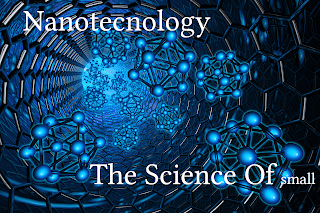Information on the accessibility of solar radiation at a location is an imperative factor in choosing appropriate solar energy system and devices for several applications. Sunshine hours, rainfall, cloud cover, atmospheric pressure data measured in Awka 06.20°N, 07.00°E , Anambra state for a period of nine 2005– 2013 were used to create Angstrom type regression equations models for estimating the global solar radiation received on a horizontal surface in Awka. The results of the correlation were also tested for error using statistical test methods of the mean bias error, MBE, root mean square error, RMSE, and mean percentage error, MPE, to calculate the performance of the models. It was perceived that combination of parameters could be used to estimate the total solar radiation incident on a location.
by Nwokoye, A. O. C | Mbadugha, A. O "Predictive Analysis of Global Solar Radiation in Awka Using Statistical Error Indicators"
Published in International Journal of Trend in Scientific Research and Development (ijtsrd), ISSN: 2456-6470, Volume-5 | Issue-4 , June 2021,
URL: https://www.ijtsrd.compapers/ijtsrd41310.pdf
callforpaperpapersinjournals, specialissuepublication, multidisciplinaryjournal





















